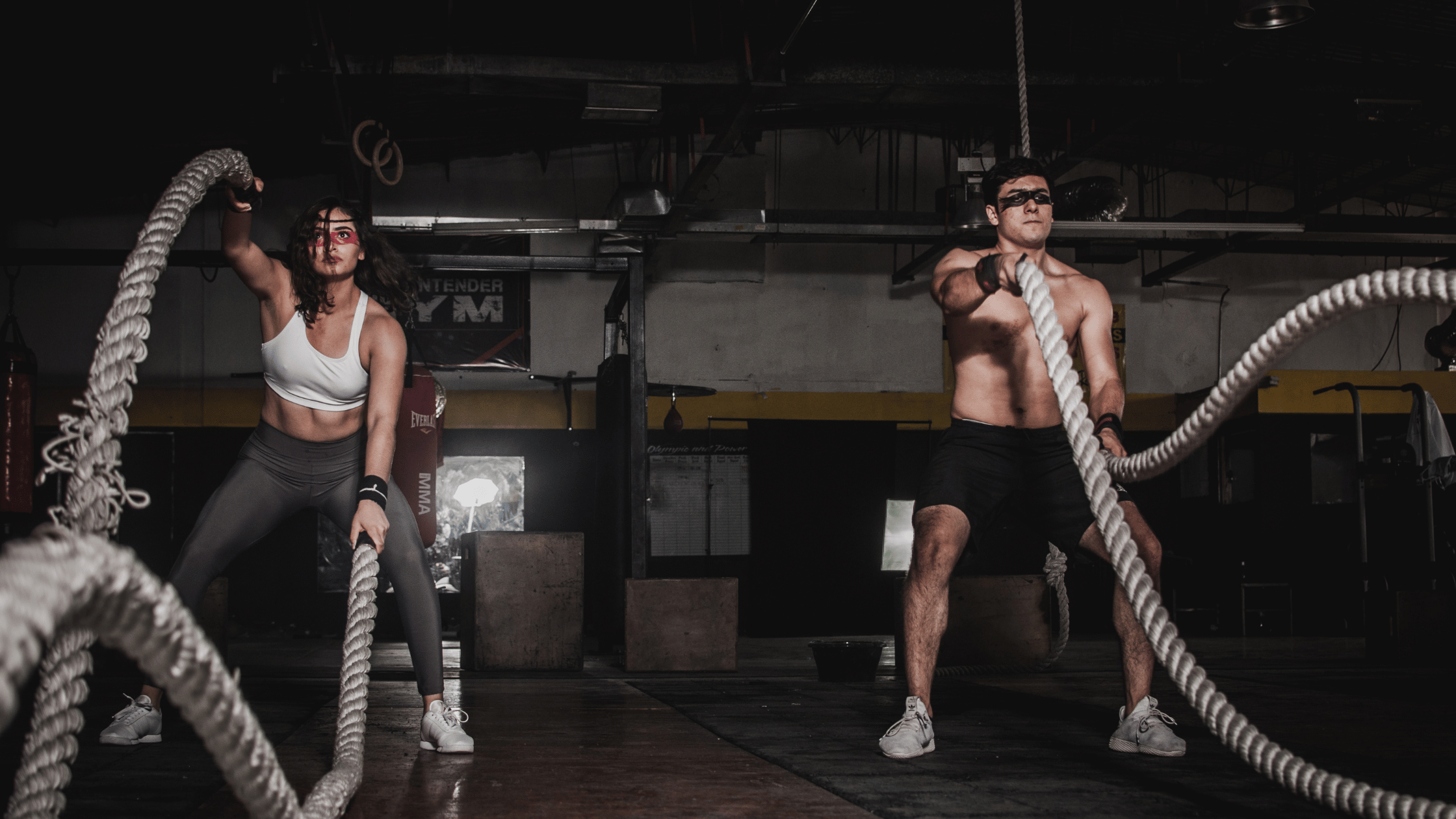Physical Therapy for CrossFit Athletes: Injury Prevention, Recovery, and Performance Enhancement

Licensed Physical Therapist, PT , DPT // Clinical Director of EW Motion Therapy Tuscaloosa
CrossFit, a high-intensity fitness regimen that encompasses elements from various sports and types of exercise, has surged in popularity worldwide. It appeals to those seeking a dynamic and challenging workout, promising improvements in strength, endurance, and overall physical fitness. However, the very nature of CrossFit - involving complex movements performed at high intensities - can expose athletes to the risk of injury. This is where physical therapy comes into play, serving as a crucial resource for not only rehabilitation but also for injury prevention and performance enhancement. We love helping our athletes in all these areas at EW Motion Therapy - our team considers it a privilege to serve as encouragers and allies in their fitness journey. Even if you decide that our services don’t fit your needs, you can read on as we explore why CrossFit athletes may need physical therapy, identify the most common injuries within this community, and discuss how physical therapy treatment plans are uniquely tailored to support the CrossFit athlete's journey back to their peak condition.
Common injuries among CrossFit athletes
The diverse range of activities in CrossFit leads to a unique spectrum of injuries, with the most common including rotator cuff tendinitis, lower back pain, knee injuries, and wrist strains. These injuries often result from a combination of overuse, improper technique, or insufficient recovery time.
Rotator cuff tendonitis
Rotator cuff tendonitis emerges as a prevalent issue among CrossFit athletes due to repetitive overhead movements such as push presses, snatches, and pull-ups. These activities can strain the rotator cuff muscles, leading to inflammation and pain. Severity can range from mild discomfort, which may only require modified training and physical therapy, to severe cases that might necessitate surgical intervention. Physical therapists focus on restoring shoulder mobility and strength through specific exercises, while also advising on proper technique to prevent future occurrences.
Lower back pain
Lower back pain in CrossFit athletes often results from improper form during deadlifts, squats, and kettlebell swings. These movements, integral to CrossFit, demand precise techniques to avoid undue stress on the lumbar spine. Injuries can vary from mild muscle strains to more serious conditions such as herniated discs. Treatment plans typically include core strengthening exercises, flexibility routines, and education on lifting mechanics to ensure athletes can safely return to their training regimen.
Knee injuries
Knee injuries, including patellar tendinitis and meniscus tears, frequently occur due to the high-impact, dynamic nature of CrossFit exercises like box jumps, squats, and running. The severity of knee injuries can range from minor, requiring rest and physical therapy, to significant, potentially requiring surgical intervention. Physical therapists often implement a combination of strengthening and flexibility exercises targeted at the surrounding muscles to support knee stability and function, along with techniques to improve movement patterns and reduce strain on the knee joint.
Wrist strains
Wrist strains are common due to the weight-bearing exercises in CrossFit, such as handstand pushups and front squats, which place considerable pressure on the wrists. These injuries can vary from mild sprains that respond well to rest, compression, and elevation, to more severe strains that may require immobilization and physical therapy. Treatment focuses on wrist strengthening and flexibility exercises, alongside modifications to exercise techniques to distribute weight more evenly and reduce stress on the wrist joint.
CrossFit and physical therapy
Why do CrossFit athletes need physical therapy?
Physical therapy stands at the intersection of healthcare and physical fitness, offering CrossFit athletes a bridge back to full health and optimal performance. The intense nature of CrossFit workouts, which often include Olympic weightlifting, gymnastics, and plyometric movements, demands a lot from the body. Athletes push their limits, which, while building strength and endurance, also increases the risk of overuse injuries and acute traumas. Physical therapy is pivotal in this context, not just for recovery but for educating athletes on proper form, technique, and body mechanics, thus reducing the likelihood of future injuries.
Just like basketball or football, CrossFit should be treated as a sport. To perform well in a sport, it is important to practice the mechanics and techniques of that sport and seek help outside the sport when needed, such as a physical therapist or personal trainer, to decrease injury risk and maximize performance.
Tailoring treatment for CrossFit athletes
Physical therapists bring a deep understanding of human anatomy and physiology to craft bespoke treatment plans that address the specific needs and goals of CrossFit athletes. This personalized approach ensures that rehabilitation is not only about healing but also about returning to the sport stronger and more resilient. Physical therapists utilize a variety of techniques, including manual therapy, exercise prescription, and modalities like ultrasound or electrical stimulation, to accelerate recovery and facilitate a safe return to CrossFit training.
A thorough assessment by a physical therapist is vital for developing a personalized treatment plan. Physical therapists conduct detailed evaluations to understand the athlete's specific injury, movement patterns, and fitness goals. This holistic view allows for the development of a customized treatment plan that addresses not only the immediate injury but also any underlying issues that may have contributed to its occurrence.
Incorporating CrossFit movements into recovery
A unique aspect of physical therapy for CrossFit athletes is the integration of CrossFit-specific movements into the recovery process. This approach ensures that as athletes heal, they do so in a way that directly translates to their sport. For instance, for an athlete recovering from rotator cuff tendinitis, rehabilitation may include modified versions of the snatch or overhead press to gradually rebuild strength and mobility without exacerbating the injury. This approach not only aids in recovery but also helps athletes maintain their fitness levels and minimizes the psychological impact of being away from the sport they love.
Physical therapy plays a critical role in the recovery process, offering personalized treatment plans that not only address the injury itself but also aim to prevent future issues through education on proper technique and movement patterns. For CrossFit athletes, partnering with a knowledgeable physical therapist can make a significant difference in their ability to train safely, recover effectively, and perform at their best. Whether you're a seasoned CrossFit enthusiast or new to the sport, embracing the benefits of physical therapy can be a game-changer in your fitness journey, ensuring you remain strong, healthy, and ready to tackle whatever challenges come your way. We love helping our endurance athletes at EW Motion Therapy ensure their bodies can keep up with the demands of their sport so they can continue to improve pain-free. If you’re curious about how much physical therapy might cost you, click the button below to download our free pricing guide.


